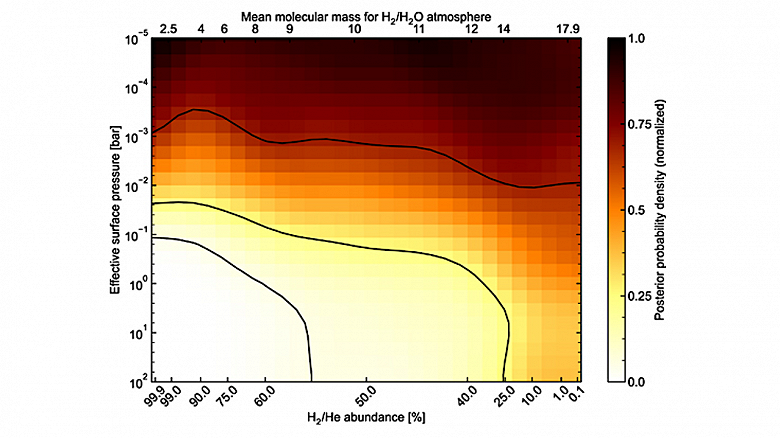Reconnaissance of the TRAPPIST-1 b atmosphere using the James Webb Telescope: evidence of the influence of “stellar pollution” in the transmission spectra
Astronomers have received new data about the planet TRAPPIST-1 b from the James Webb Space Telescope (JWST). This planet is the closest to its star in the TRAPPIST-1 solar system, which is 40 light-years from Earth. The new observations help deepen our understanding of the star’s influence on exoplanets in the habitable zone of cool stars, where there is the potential for liquid water to exist on the planet’s surface.
“Our study found no evidence of an atmosphere around the planet TRAPPIST-1 b. This could indicate that the planet is either bare rock or has clouds in its upper atmosphere, as well as the presence of a dense molecule such as carbon dioxide, making its atmosphere too thin to detect. However, we have seen that the star is the main factor influencing the observations, and this has implications for observing other planets in the system,” said Sagan astronomer Ryan McDonald of the University of Michigan.
The team’s main interest was determining the influence of the star on observations of planets in the TRAPPIST-1 system.
If we don’t get this star right, it will be much more difficult to detect any atmospheric signals on the habitable zone planets TRAPPIST-1 d, e, and f.
The James Webb Space Telescope obtained a spectrum of the planet TRAPPIST-1 b
TRAPPIST-1, a star smaller and hotter than our Sun, is located about 40 light-years from Earth. The discovery of this star system, consisting of seven Earth-sized planets, has attracted much interest from scientists since its discovery in 2017. Three of these planets are in the habitable zone and are of potential interest in the search for life.

This study, led by Olivia Lim of the Trottier Institute for Exoplanet Research at the University of Montreal, used transmission spectroscopy to study the characteristics of TRAPPIST-1 b. Astronomers examined the light from the central star after it passed through the planet’s atmosphere during the transit. This made it possible to see the unique “fingerprints” left by molecules and atoms in the atmosphere.
One of the main results of the study was the identification of the significant influence of stellar activity and “contamination” on determining the characteristics of an exoplanet. “Stellar pollution” refers to various factors such as dark spots and bright regions in the photosphere of a star. The team found strong evidence that they play a critical role in shaping the transmission spectra of TRAPPIST-1 b and likely other planets in the system. The activity of the central star can create “false signals” that can mislead observers into thinking they have detected a certain molecule in the exoplanet’s atmosphere.
This result highlights the need to take stellar contamination into account when planning future observations of all exoplanetary systems. This is especially important for systems like TRAPPIST-1 located around red dwarfs, which can be particularly active and have spots on their surface.




